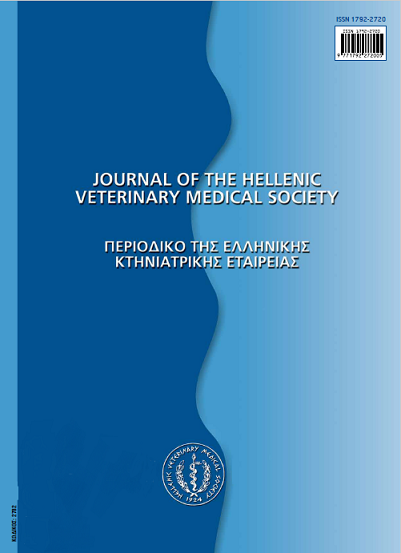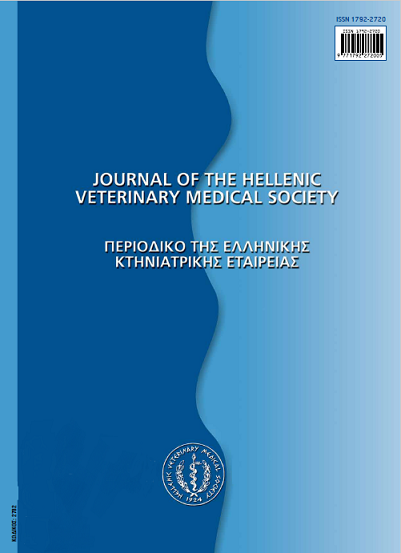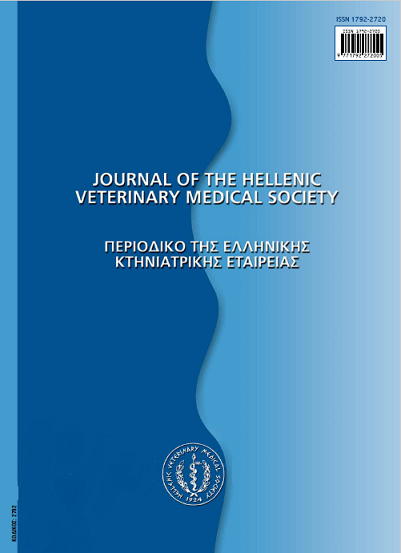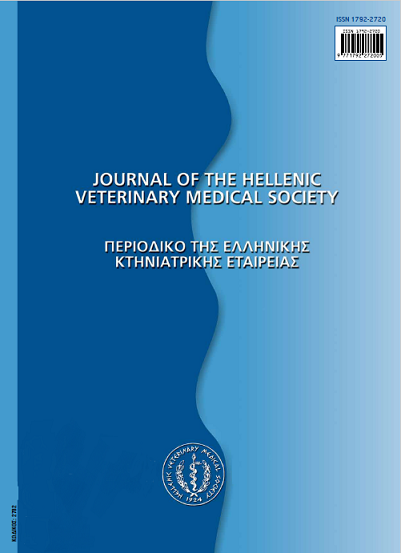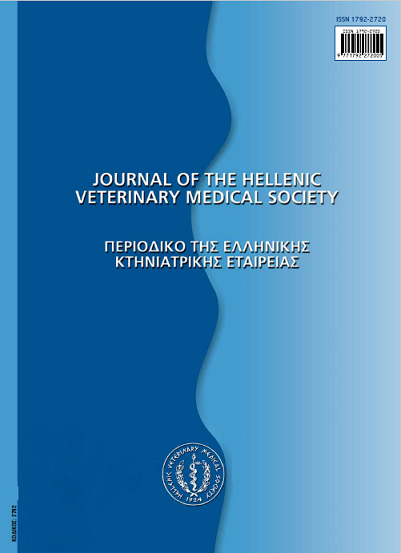The most important Myxosparean parasite species affecting cultured Mediterranean fish
Resumen
Following the rapid development offish farming, an outbreak of pathological problems appeared, mainly of parasitic origin. These have an effect on fish growth(especially at cagegrowing stage), where periodically may cause mortality up to 80%, which has a serious economic impact on fish farming. Myxosporida have been implicated in outbreaks in both marine and freswhwater fish. The parasite M. leei causes serious disease affecting young sharp snout sea bream (Diplodus puntazzo C) and sea bream (Spams aurata L). Recendy, the life cycle of this parasite has been elucidated in sea bream as direct with fish to fish transmission, whereas there is no information on other marine Myxosporida species. In freshwater fish the life cycle of Myxosporida is indirect involving Tubifex spp. worms as intermediate hosts. In mixed infections of Ceratomyxa diplodae and M. leei mortality can be high. High fat diets is a well known predisposing factor. Myxobolus sp. is another myxosporean that affects farmed fish. Mature spores are found in cysts in the interstitial renal tissue in high prevalence and intensity in D. puntazzo during summer months. Sphaerospora dicentrarchi parasitises all the internal organs of sea bass (Dicentrarchus labrax L) with predilection in the gall bladder and in the muscular layers of intestine, where it can reach 100% and 70.5% of prevalence in wild and cultured fish, respectively, during summer months. Sphaerospora testicularis parasitises in the gonads of sea bass without inflammatory reaction, however, when intensity is high, it can cause total destruction of the organ. Polysporoplasma sparishas been reported in glomeruli of cultured sea bream in Spain, Andriatic Sea and fish farms all over Greece with high prevalence during summer. Ceratomyxa spp have also been found in various marine fish with no serious effect on fish hosts. Kudoa spp. have also been reported from many cultured and wild fish; these parasites affect the muscles and have an economic impact on processed fish products. Fish infected with Myxosporida spp are often emaciated, the gall bladder and abdomen are extended; the liver can be discolored showing fat degeneration; this may be obvious in most internal organs. Early trophozoites of Myxobolus sp. can be found in the renal parenchyma or encysted in melanomacrophage centres. Nephrocalcinosis is also found in later stages of trophozoite or cyst development. The treatment of Myxosporida spp is difficult. It is important to detect and diagnose early the disease and to assess the severity of the parasitoses. Fumagillin and the combination of Salinomycin & Amprolium are effective against most of these parasites except M. leei for which no effective treatment is still available.
Article Details
- Cómo citar
-
GOLOMAZOU (ΓΚΟΛΟΜΑΖΟΥ Ε.) E., KARAGOUNI (ΚΑΡΑΓΚΟΥΝΗ Ε.) E., & ATHANASSOPOULOU (ΑΘΑΝΑΣΟΠΟΥΛΟΥ Φ.) F. (2017). The most important Myxosparean parasite species affecting cultured Mediterranean fish. Journal of the Hellenic Veterinary Medical Society, 55(4), 342–352. https://doi.org/10.12681/jhvms.15145
- Número
- Vol. 55 Núm. 4 (2004)
- Sección
- Review Articles
Authors who publish with this journal agree to the following terms:
· Authors retain copyright and grant the journal right of first publication with the work simultaneously licensed under a Creative Commons Attribution Non-Commercial License that allows others to share the work with an acknowledgement of the work's authorship and initial publication in this journal.
· Authors are able to enter into separate, additional contractual arrangements for the non-exclusive distribution of the journal's published version of the work (e.g. post it to an institutional repository or publish it in a book), with an acknowledgement of its initial publication in this journal.
· Authors are permitted and encouraged to post their work online (preferably in institutional repositories or on their website) prior to and during the submission process, as it can lead to productive exchanges, as well as earlier and greater citation of published work.

